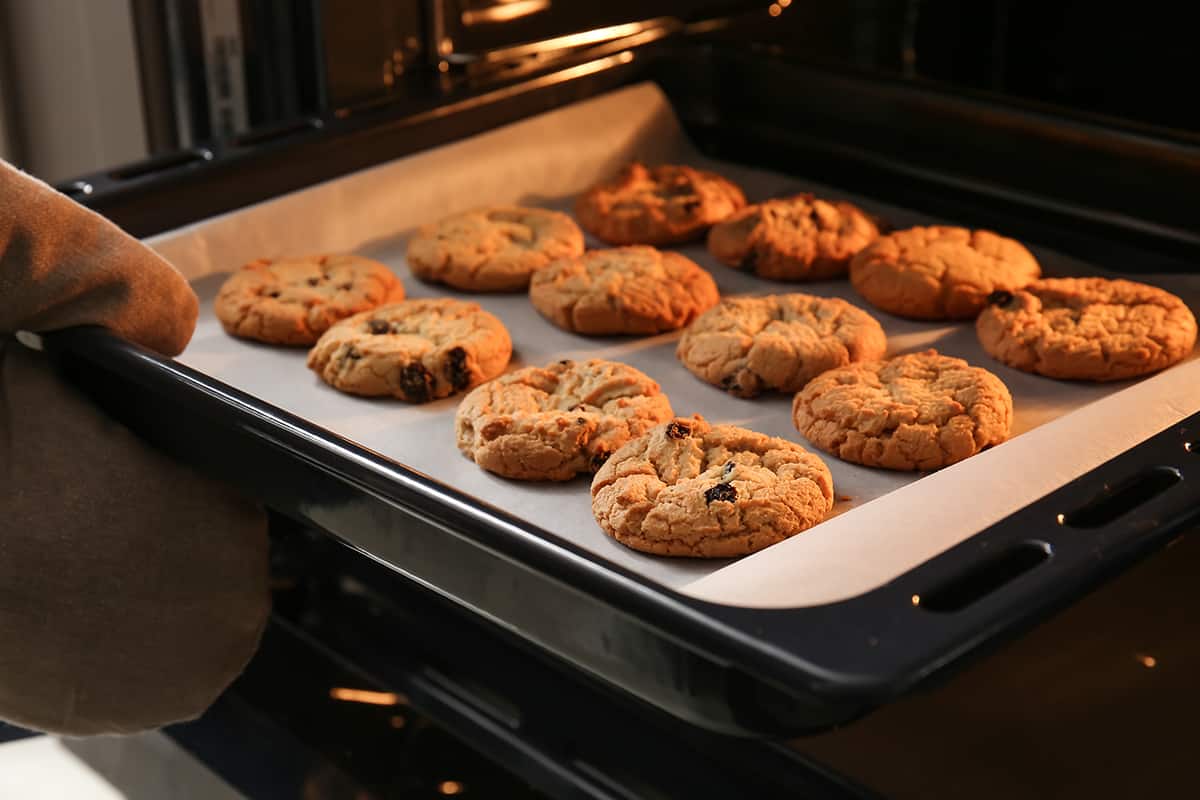Baking is a beloved pastime for many, often evoking memories of delicious treats shared with family and friends. However, not everyone has access to a traditional oven, or perhaps you’re just in the mood to try something new. In either case, it’s time to explore the world of oven alternatives for baking, where creativity and ingenuity come together to produce mouthwatering results.
Oven alternatives for baking are non-traditional cooking devices or techniques used to bake food without using a standard oven. Examples include:
- Countertop convection ovens
- Toaster ovens
- Air fryers
- Slow cookers
- Microwave ovens
- Pressure cookers
- Skillets and griddles
- Dutch ovens
- Solar ovens
- Campfire cooking
- Barbecue grills
- Steam ovens
- Pizza ovens
- Wood-fired ovens
This article will guide you through 20 engaging headings and subheadings, showcasing a variety of oven alternatives and providing tips for each.
Oven Alternatives for Baking
Oven alternatives for baking allow you to be creative and still make delicious treats without a standard oven. This section will explore various oven alternatives and provide helpful information about each one.
1. Countertop convection ovens
Countertop convection ovens are compact and portable, making them perfect for those with limited space. These ovens use a fan to circulate hot air, allowing for even cooking and faster baking times.
When selecting a countertop convection oven, consider its size, features, and temperature range. Some models even offer advanced features like steam cooking and pre-programmed settings.
2. Toaster ovens
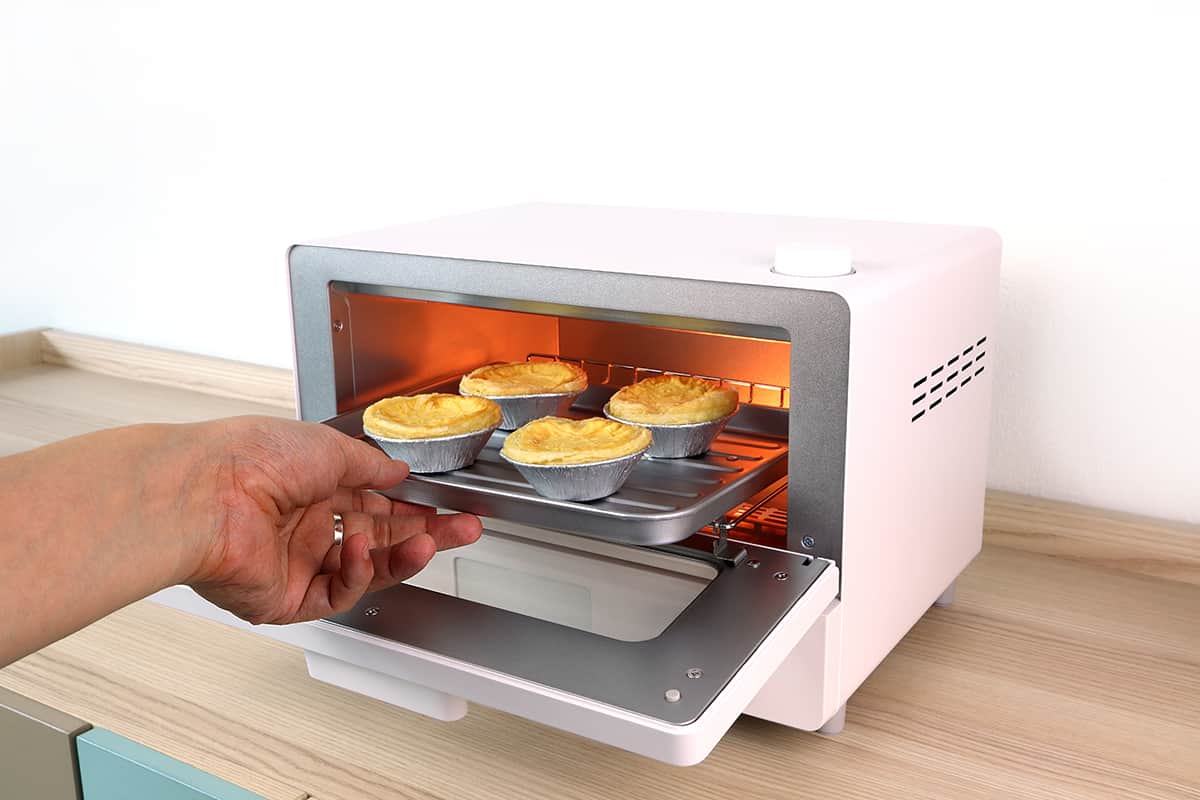
Toaster ovens are another space-saving alternative for baking. They function like a standard oven but are smaller in size. These versatile appliances are great for baking small batches of cookies, reheating pizza, or even roasting vegetables.
When using a toaster oven, you may need to adjust the cooking time and temperature to achieve the desired results.
3. Air fryers
Air fryers have gained popularity for their ability to cook food quickly with little to no oil. Surprisingly, they can also be used for baking. An air fryer circulates hot air around the food, resulting in a crispy exterior and tender interior.
You can bake cookies, cakes, and even bread in an air fryer, but you might need special accessories like a baking pan or rack.
4. Slow cookers
While slow cookers are typically used for making soups and stews, they can also be used for baking. To bake in a slow cooker, you’ll need a heatproof dish that fits inside the cooker, such as a cake pan or loaf pan.
Baking in a slow cooker takes longer than in a traditional oven, but the moist heat can produce incredibly tender cakes and bread.
5. Microwave ovens
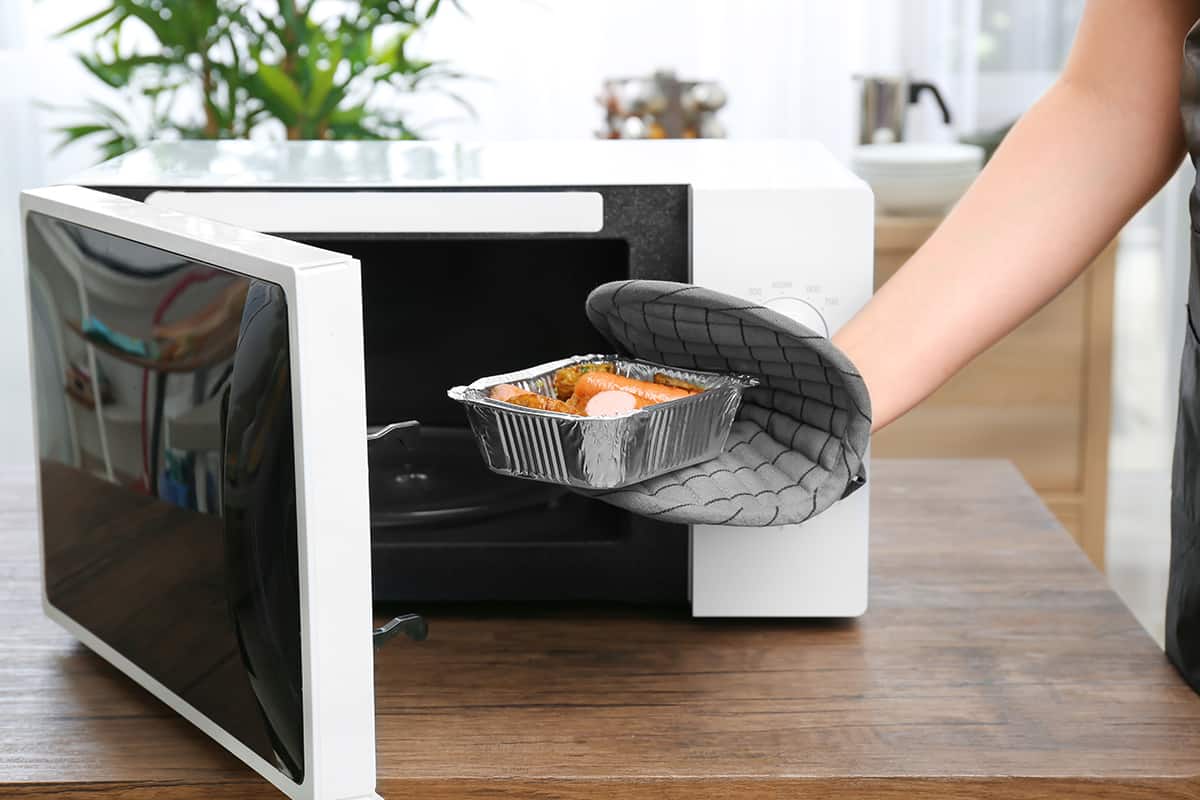
Microwave ovens are not just for reheating leftovers. They can also be used for baking. When baking in a microwave, you need to use microwave-safe dishes and adjust the cooking time and power level.
Microwave baking tends to cook food quickly, but the texture may be different from that of oven-baked goods. This method works best for single-serving cakes and quick bread.
6. Pressure cookers
Electric pressure cookers, like the Instant Pot, can be used for more than just making rice and stew. They can also be used for baking. Baking in a pressure cooker requires a heatproof dish or pan that fits inside the cooker.
The high pressure and steam create a moist environment, perfect for baking cheesecakes and other delicate desserts.
7. Skillets and griddles
Stovetop baking is possible with skillets and griddles. This method works best for foods that require a short baking time, such as pancakes and cornbread.
To bake on a stovetop, you’ll need a heavy-bottomed skillet or griddle with a tight-fitting lid. This setup allows the heat to distribute evenly and creates an oven-like environment.
8. Dutch ovens
Cast iron Dutch ovens are versatile and can be used for baking on the stovetop or in a traditional oven. The heavy lid traps heat and moisture, creating an ideal environment for baking bread and cakes.
When baking in a Dutch oven, it’s essential to preheat the oven and Dutch oven before adding the dough or batter to achieve the best results.
9. Solar ovens
Solar ovens use the sun’s energy to cook food, making them an eco-friendly and energy-efficient option. These ovens can be purchased or built at home using simple materials like cardboard, foil, and a glass or plastic cover.
Solar ovens work best on sunny days and can take longer to bake food than traditional ovens. However, they’re perfect for outdoor activities like camping and picnics.
10. Campfire cooking
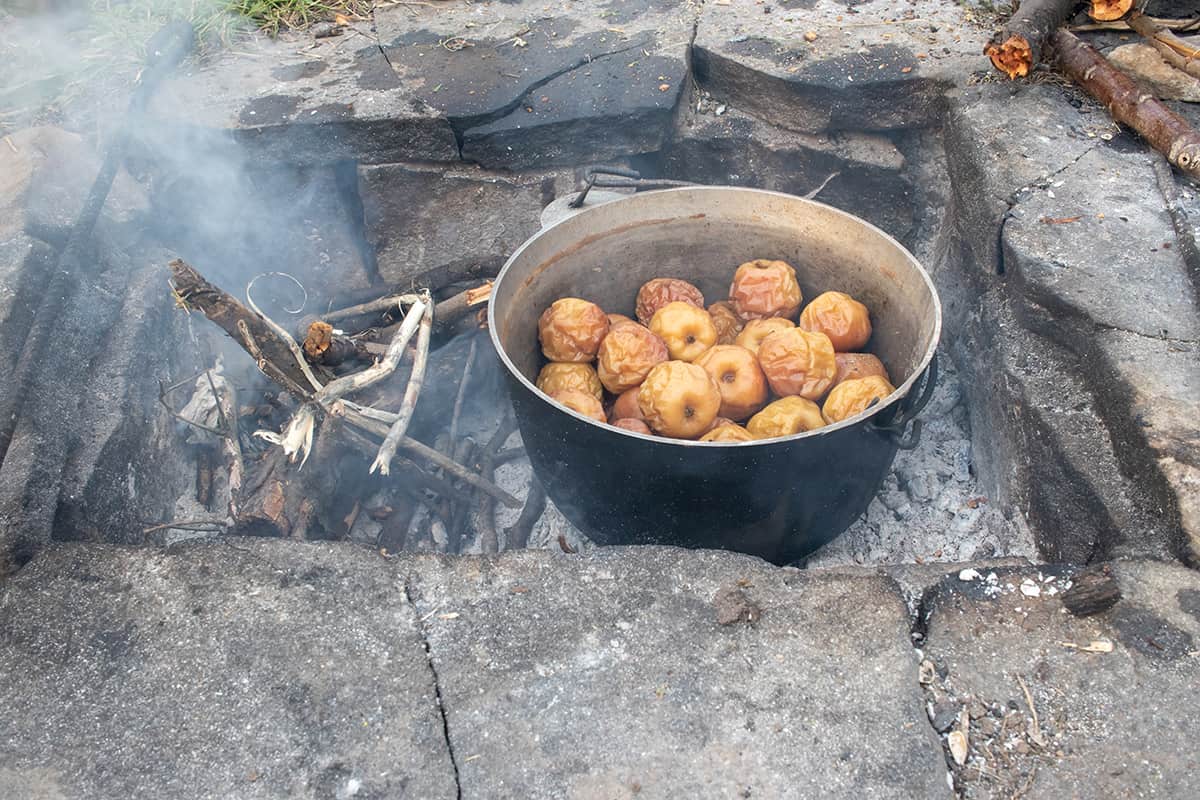
Campfire cooking is an age-old method of baking that relies on the heat from an open fire. To bake over a campfire, you’ll need a cast iron skillet or Dutch oven and a grate to hold the cookware above the fire.
This technique requires careful heat management and patience but can result in delicious and rustic baked goods.
11. Barbecue grills
Gas and charcoal grills can be used for baking as well. When baking on a grill, it’s crucial to control the temperature and maintain even heat. You can bake directly on the grill grates or use a heatproof dish or pan.
Grilled desserts, like fruit cobbler or even chocolate cake, can be a delicious addition to your outdoor cooking repertoire.
12. Steam ovens
Steam ovens use steam to cook food, making them perfect for baking delicate and moist desserts like soufflés, puddings, and custards. These ovens can be found in professional kitchens but are also available for home use.
This type of oven requires a water source and can be more expensive than traditional ovens, but it produces unique and delectable baked goods.
13. Pizza ovens
Pizza ovens, both indoor and outdoor varieties, can be used for more than just pizza. The high temperatures and direct heat from these ovens can bake bread, desserts, and even roast meats in a fraction of the time it takes in a traditional oven.
When using a pizza oven for baking, it’s essential to monitor the temperature and adjust cooking times accordingly.
14. Wood-fired ovens

Wood-fired ovens use wood as fuel, creating a unique flavor and high heat for baking. These ovens can be built outdoors in your backyard or even purchased as a portable option.
These classical ovens are perfect for baking bread, pizza, and other rustic dishes, but they require practice to manage the heat and achieve consistent results.
Adjusting Recipes for Oven Alternatives
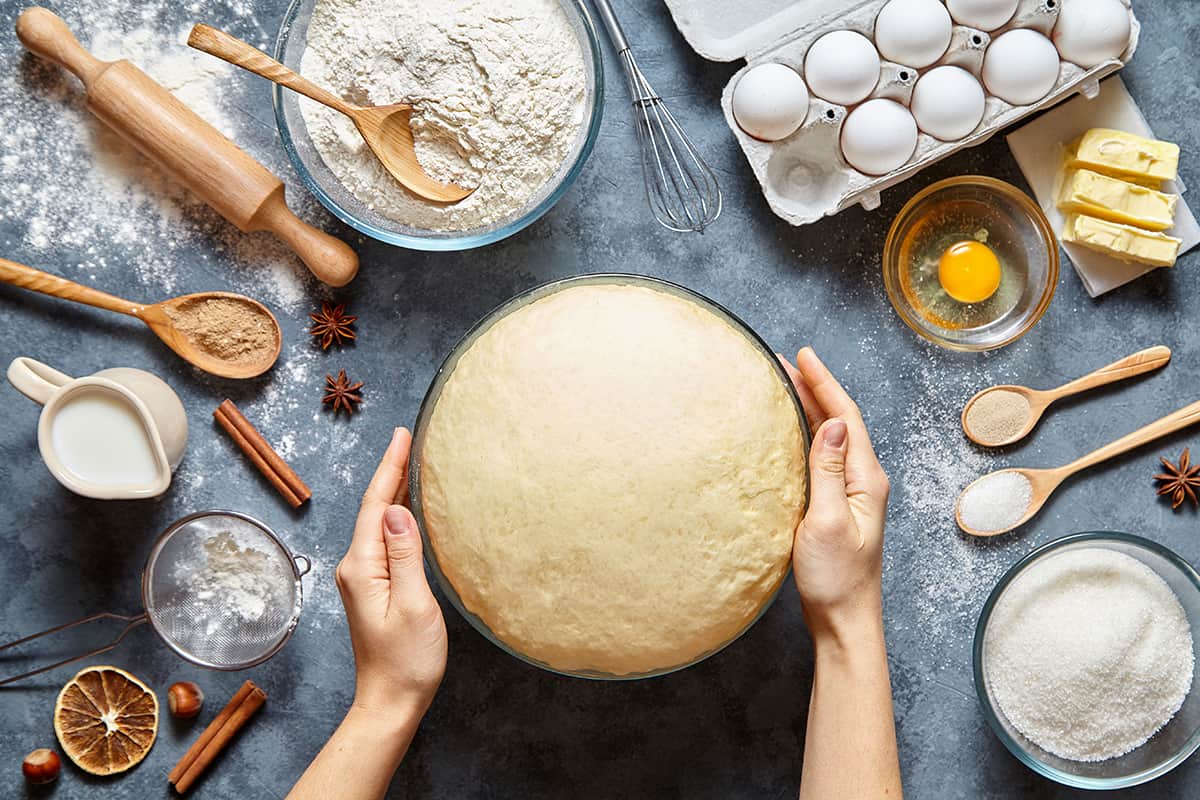
When using oven alternatives for baking, you might need to make some changes to your recipes. Here, we’ll go over how you can adjust recipes for different oven alternatives so you can enjoy your favorite baked goods without a traditional oven.
1. Temperature changes
Some oven alternatives, like toaster ovens and air fryers, might cook at a different temperature than a regular oven. To get the best results, lower the temperature by about 25°F and keep an eye on your baked goods while they cook.
2. Cooking time
Oven alternatives might cook your food faster or slower than a regular oven. Start by checking your food about two-thirds of the way through the recommended baking time. Adjust the cooking time as needed, and remember that practice makes perfect.
3. Pan size and shape
You may need to use smaller or differently shaped pans for oven alternatives. If you need to use a different pan, adjust the baking time and keep an eye on your food as it cooks. Remember that thinner layers of batter will cook more quickly.
4. Mixing and preparing ingredients
Some oven alternatives, like microwaves and slow cookers, require special mixing techniques or ingredient preparation. Follow the instructions for your specific oven alternative, and don’t be afraid to experiment to find the best method for your recipe.
